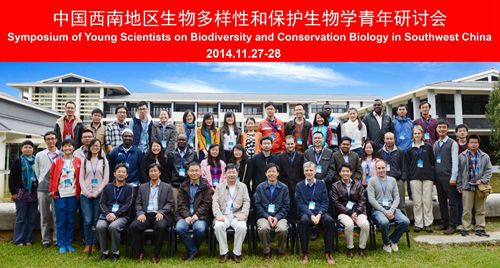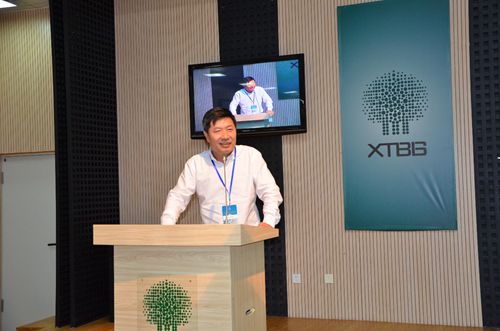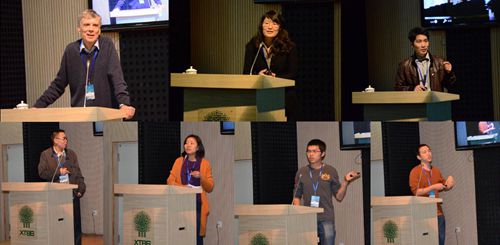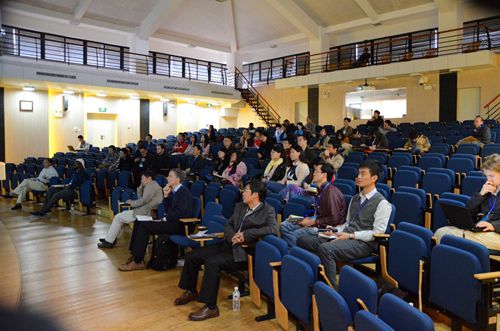60 young scientists and graduate students gathered together in Xishuangbanna Tropical Botanical Garden (XTBG) during November 27-28. The gathering was for the “Symposium of Young Scientists on Biodiversity and Conservation Biology in Southwest China: Applications of Molecular Techniques”.
The theme of the symposium is "Applications of Molecular Techniques ", which provided a platform to discuss the formation, evolutionary pattern and evolutionary history of biodiversity in southwest China. It covered such topics as phylogenetics and evolutionary analysis, biogeograogy and phylogeography, population and conservation genetics, community phylogenetics, DNA barcoding and metabarcoding, high-throughput sequencing and phylogenomics.
Five keynote speeches and 12 presentations were available at the symposium. The five keynote presentations were as following:
A principal investigator Molecular techniques in Conservation Biology: past, present and possible futures
Douglas Yu Connecting DNA to ecosystem functions: iDNA for leopards, mito-metagenomics for bees, and eDNA for fish
GUO Zhenhua Application of RAD-seq in phylogenetic analysis in temperate woody bamboos
Zhang Chengjun OBSM and gKaKs, two tools used for molecular evolution analysis
Alice Hughes Understanding the biogeography of Southeast Asian bats
The symposium provided important information for further exploring the biodiversity in SW China.
The symposium was supported by CAS Kunming Branch and Kunming College of Life Science of UCAS. It aimed to reinforce the cooperation and exchanges among Kuming Institute of Botany (KIB), Kunming Institute of Zoology (KIZ), and XTBG.

Participants pose a group photo

Prof. Li Dezhu gives an opening speech

Prof. Chen Jin summarizes the symposium

Some young students presenting at the symposium

Participants listening to presentations





